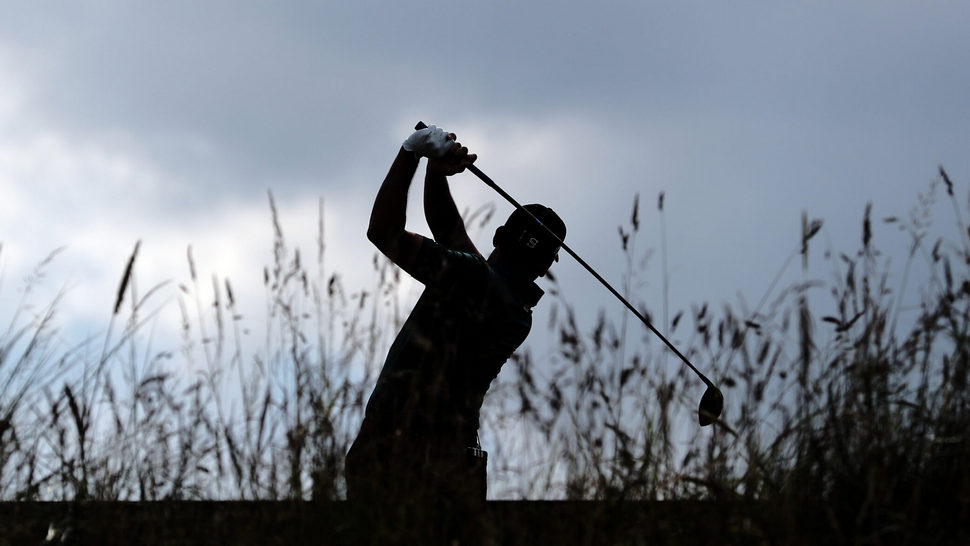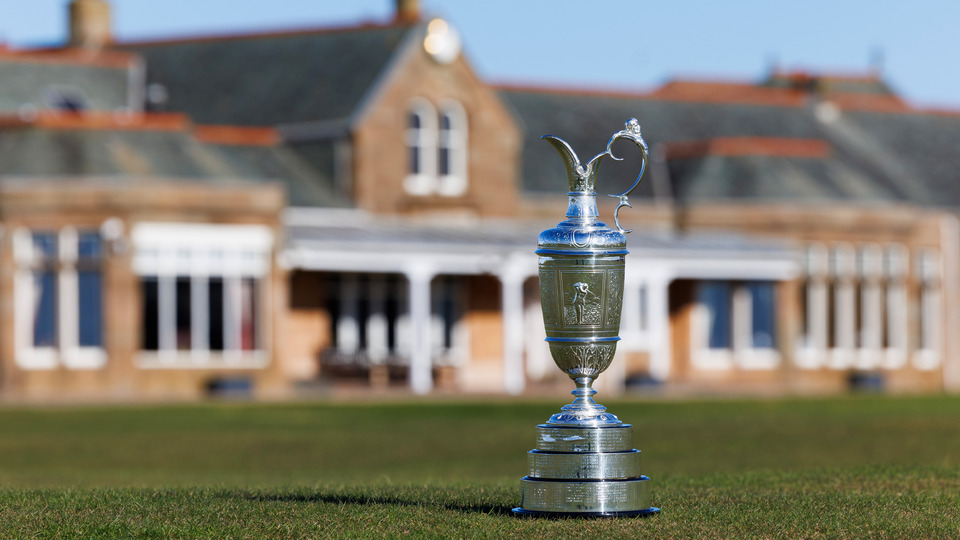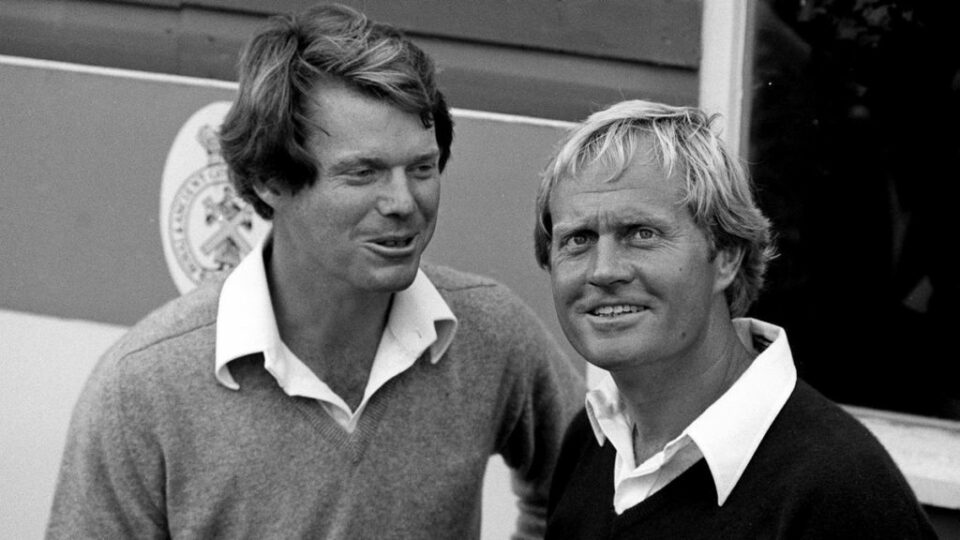Part 1
The various upgrades carried out at Royal Liverpool were the brainchild of who and what role did the R&A and club play in that process?
Martin Ebert: The course was reviewed by the Club, The R&A and ourselves to assess how the playing challenge could be improved and how the championship could be accommodated more effectively. However, the key issue with any adjustment was to ensure that it was in the best interests of the holes on the course.
The brief for the new 17th hole was provided by the Club and The R&A and we were asked to refine the concept, provide the detailed design and ensure the implementation was as envisaged.
The unofficial rota of possible host courses for The Open Championship is a fairly limited grouping of clubs. What club(s) that have never hosted The Open do you believe merit consideration in hosting the event?
Martin Ebert: There are numerous clubs whose courses are worthy of hosting The Open but clearly this always has to be looked at in conjunction with the practicality of hosting such a major event. Issues such as access, hotel accommodation and space within the venue are essential considerations. Royal Porthcawl in Wales has been talked about in the past.
It would be great to think of it going there but the course would probably need to be strengthened to make it an appropriate and tough enough test for the best players in the world. Saunton and Royal Dornoch are also wonderful but difficult to get to and everyone talks so highly about West Lancs as having a tremendous course. Hillside also enjoys a wonderful links.
Tom Mackenzie: As a thoroughly biased Dornoch advocate, Royal Dornoch is an obvious one, but its location and layout mean that hosting The Open, sadly, is a pipe dream.
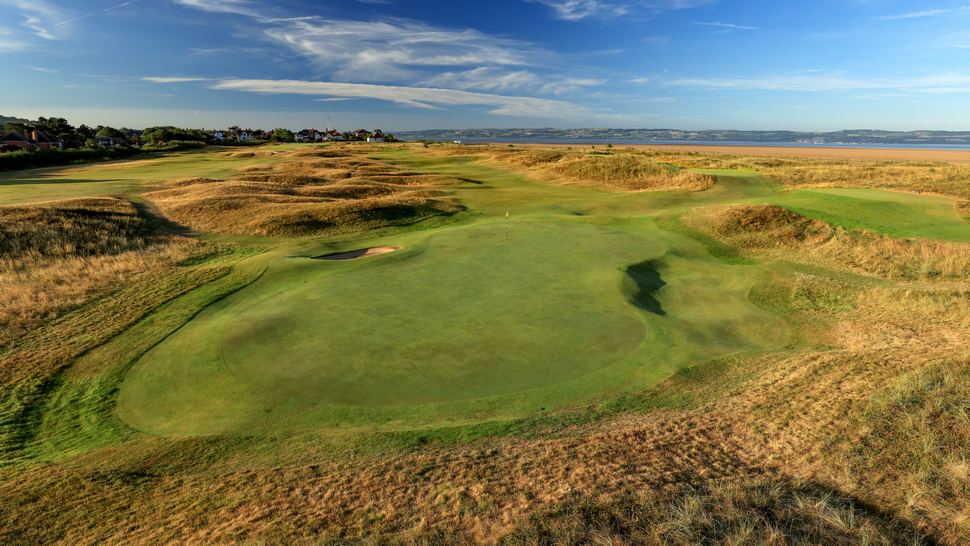
Are wind and firmness of the turf the only two demonstrable ways that can hold back the scoring onslaught seen by today's premier players?
Mike Howard: Certainly wind.
If you look back at the highest winning scores in recent Opens, it is easy to see that wind played a major factor. Firmness is an interesting one because everyone talks about Tiger at Hoylake in 2006, one of the firmest and driest Opens we have witnessed in modern times, and the winning score was 18 under par with runner-up at 16 under par.
There was little rough in that year so that shows how important rough can be on the ultimate score. A combination of firmness and hole locations which reward placing your tee shots in certain places from the tee, to give the best angles, can certainly have a bearing on scores but, these guys at the top are so good. If there is little wind, I can see the scores being low even if it is very firm. A combination of the two is the ideal scenario.
However, does high or low scoring have a bearing on the excitement and enjoyment of the event? I am not so sure. Look at Troon in 2016 and the battle between Stenson and Mickelson (18-under-par winning score), Portrush in 2019 with Shane Lowry winning (15-under-par winning score) and last year with Cameron Smith winning (20-under-par at St Andrews).
They were all fantastic events as a spectator and, at the end of the day, we are all watching to see what drama unfolds on the back nine on Sunday, irrelevant of whether the leaders are a few over par or 20 under par.
Tom Mackenzie: Do most people remember Cam Smiths’ score relative to par last year? Most do not. Far more remember arguably the greatest putting display by a brilliant golfer. Par is an artificial construct.
On great courses, the best player on the week wins. There is no point in being hung up over winning scores.
What is the proper balance architecturally between power and precision and has today's game at the elite level become more of the former and less of the latter?
Martin Ebert: I was interested to listen to a podcast with Padraig Harrington the other day. He suggested that once Rory came along and started hitting the driver as often as he could, that awakened other powerful players to start doing the same.
That suggests that the game at the top level is now focused more on power than on precision. We are so happy if we see players taking lots of different options from the tee. If everyone hits the driver on every hole, the focus has shifted too far towards power.
Tom Mackenzie: Sadly, the game has been de-skilled by the advances in technology. The ball is not the issue but the driver heads and shafts and the way that players are being taught from day one to swing to make best use of them. The equipment is then matched perfectly for the players' swing and physique. The modern generation just plays the game differently.
We are constantly trying to find ways to test out the precision of the elite players through bunker siting and, more importantly, green surrounds design. We have to find a balance between that and creating courses which the members can continue to enjoy. It is easy to make things tough, but the amateur game is played for fun -- in theory at least.

Is links golf the ultimate examination for the finest players in golf?
Mike Howard: Yes, without hesitation.
There are so many elements in play in links golf to fully test a player’s physical and, perhaps more importantly, mental ability. The typical Tour event on a softer course obviously still requires elite skill to come out on top but this is mostly limited to distance control through the air and the ability to manage spin on extremely fast greens.
In links golf, distance control is often affected by the wind and then there is the spin, bounce and roll to judge. You could hit a hold-up fade (right-handed golfer) with a strong right-to-left wind and the ball will hold straight and land softly but will travel significantly less distance. Hit the same shot with a draw and you could play 2 or 3 clubs further, depending on the wind strength, but it means the ball will land at an angle and be completely out of control. Links golf is a full examination of a player’s touch, feel, clubface awareness and ball striking ability.
Watching Bernard Langer in the 2014 Senior Open at Porthcawl is one of the most impressive exhibitions of golf I have seen. In strong winds, almost every shot he hit flew straight and landed as soft as possible. The level of control needed to do that is outstanding as he won by 13 shots.
Tom Mackenzie: Firm conditions with closely mown turf around the greens is the ultimate examination for the finest players, so long as there is wind.
That is the combination that finds who are the best players – those who have real control over the ball - the real golfers and not just the hitters. Think Shane Lowry at Portrush.
You have one question to ask a few of the old-time course designers (Old Tom Morris, James Braid, Harry S. Colt, et al.) from years ago - who would you ask and what would the question be?
Mike Howard: The question would not be to one of the designers but to the contractor who was used most often. ‘Franks, Harris Bros.’ were the go-to contractor in the UK & Europe and had a hand in the majority of the best golden age courses, working on a number with Colt, Simpson, Fowler and Mackenzie. My question would be who their favorite designer to work for was and why, and also how much of the detail was a result of the contractor rather than the designer?
Another question I would like to ask a panel of Colt, Mackenzie & Simpson about whether they would consider adjusting their green designs -- given the way golfer expectations and green speeds have changed since their time -- to suit faster greens?
Many exciting hole locations on golden age courses have been lost due to increased green speeds. Do you soften the shapes slightly to restore them as useable hole locations, do you campaign for slower green speeds, something, you could argue, the majority of the golfing public loathe the thought of, or do you leave them as they are and accept, they are lost hole locations? An interesting conundrum.
Tom Mackenzie: Do you agree with exact restoration of your century old designs now that green speeds have more than doubled and the best players can carry the ball 300 yards?

What do you think the old-time designers would think of how the game is played today at the highest of levels?
Martin Ebert: I think that they would be amazed, although possibly not surprised, that the players hit the ball so far. Many of them were quoted as being concerned about how far the ball was travelling back in their own Golden Age period so just imagine what they would think today.
They would also be shocked about the perfection of the bunkers. As the great Bernard Darwin said, ‘Bunkers are places of penance’. They were hardly raked in the old days and generally looked far more rough-edged and natural in photographs of The Open as late as the 1960s.
Tom Mackenzie: They all witnessed a series of equipment revolutions in the first quarter of the 20th century – the introduction of the Haskell ball and steel shafts – so I don’t think that they would be surprised, but they would not like the adverse impact that it has had on their original design intent.
What holes should viewers pay most attention to when watching this year's Open Championship?
Mike Howard: The 3rd and 4th will be good barometers for how aggressive a player plans on playing the course and how sharp their game is early in the round.
The par 3 13th for the scenery as well as the quality of the hole itself and the 14th for the test it presents even the very best in the game. And then obviously the 17th and 18th, but that should go without saying!
Tom Mackenzie: I am going to find a good viewing spot by the 17th to see how the players play it in practice and then in the thick of battle.
That interests me far more than watching 340-yard drives.
The firm has been involved with a range of top courses over the years with several having hosted The Open Championship. What's been the chief lesson learned from past involvements and how will Hoylake specifically benefit from those past experiences?
Martin Ebert: These courses have to be suitable for member and visitor play for 99% of the time so any proposals have to suit their play as well as the world’s best. Finding that balance is the key. One other aspect which must be considered is that any new features added to a course are scrutinized and potentially criticized for more than old features which could be described as unfair.
If you dropped the Road Hole onto any Open venue how would that be received? How about the wild 4th and 9th greens at Royal St. George’s? We would probably have to flatten those off if we put them in from scratch.
At Hoylake, we may have pushed the design boundaries with the new 17th as the dangers of missing the green for club standard golfers are so severe. However, the hole is only 136 yards.
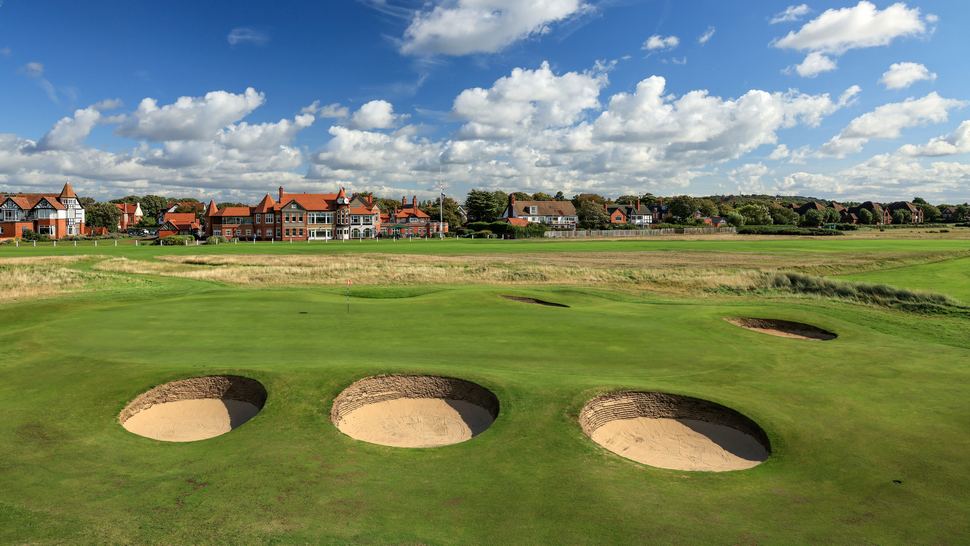
Unless something dramatically changes it appears on January 1, 2026, the world of golf will be bifurcated. An "elite" golf ball for some and a "recreational" one for the bulk of players. Did the R&A and USGA make the right call in going this direction?
Mike Howard: A good question and I doubt it is something we will fully know the answer to for a few years. I was frustrated by many comments from the professionals when the news broke but, I guess they are protecting the companies who pay their endorsements.
The pros know full well that they use equipment that is different to what us normal golfers can buy in a shop. Even the top amateur players in national teams who receive their equipment direct from the manufacturer are getting a different product to what you can buy, even if they are called the same.
The game is already bifurcated, this just makes it more official. However, given the poor reaction it has had, I am not sure why the reduced ball cannot be rolled out for all of golf. It seems the reduction in length will be proportional to swing speed, so it is unlikely to affect the majority of golfers who have sub-90 mph swing speeds.
Perhaps it is something that will happen down the road. One thing for certain is that the distance the ball is being hit needs to be reviewed. The endless cycle of golf clubs extending back tees and adjusting their courses because the best players are able to fly all of the fairway bunkers needs to stop. This seems to be a good first step towards this.
Tom Mackenzie: I have made my opinion on this quite clear. I think that both balls should be available for all amateurs. Land-locked courses are in desperate trouble with safety issues and as the new generation are taught to swing faster and hit harder, the distance that wayward shots fly is increasing.
This is a massive problem for many clubs with increasingly serious implications and often no easy solution. If such courses could say that they are a “reduced ball” club, then these problems would instantly reduce.
***
The Participants
Martin Ebert, Director
Has worked in the golf course design business for 33 years. Advised seven of the ten Open Championship venues, including this year's venue at Royal Liverpool and including overseeing changes to the Ailsa Course at Turnberry and two new holes at Royal Portrush for The 2019 Open.
He has also recently worked with Royal County Down (NI) and on other projects in the UK, Ireland, Canada, Spain, Peru, Chile, Argentina and Japan.
Tom Mackenzie, Partner
A partner of Mackenzie & Ebert since its foundation in 2005. Formative golfing years were spent at Royal Dornoch which laid the foundation for his career.
Privileged to be a member of the team and work on many of the great courses up and down the country and further afield. Two notable projects are an ambitious masterplan for New South Wales Golf Club and exciting plans for Royal Birkdale, which will host the 2026 Open Championship
Mike Howard, Design Associate
Has been working at M&E for 7 years. Prior to that, completed an Undergraduate degree in Environmental Science at The University Of Stirling while on their golf scholarship program.
Had a year playing full time before completing a Master’s Degree in Landscape Architecture at the University Of Edinburgh prior to beginning his career in golf course architecture. His work at M&E has been wide ranging, from links-based work at Princes, Royal Cinque Ports & Hillside to inland course work as far afield as Lima in Peru and Los Leones in Chile.




